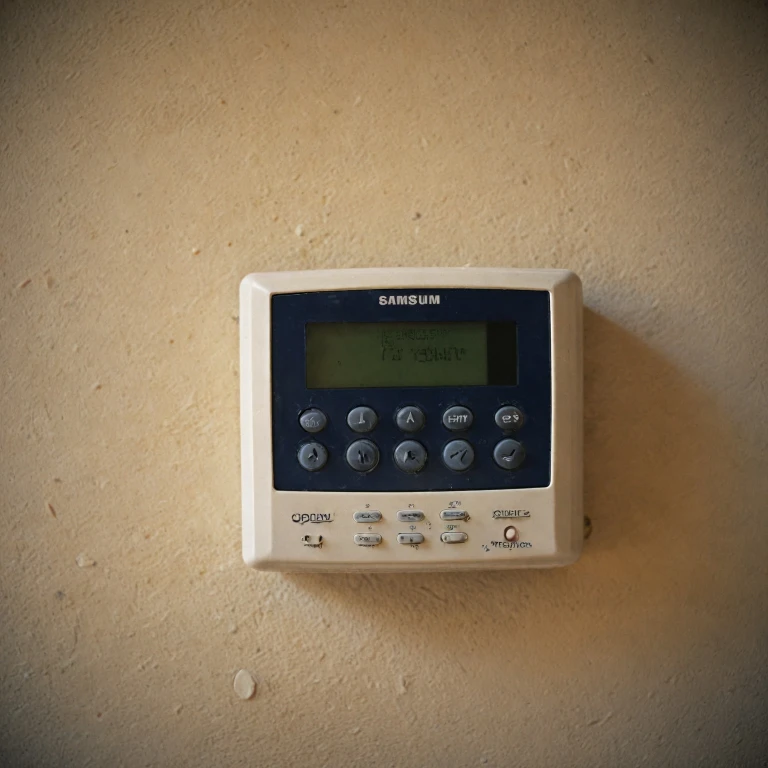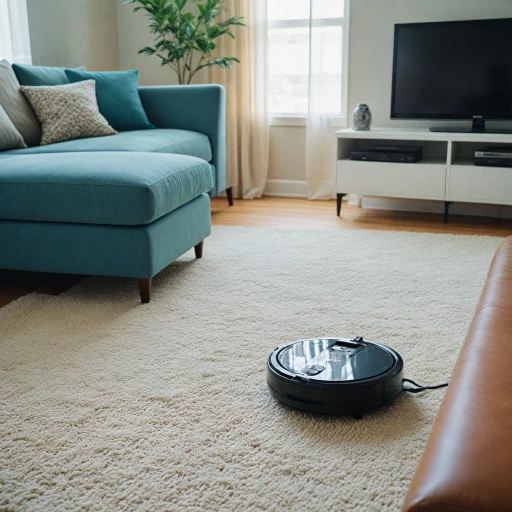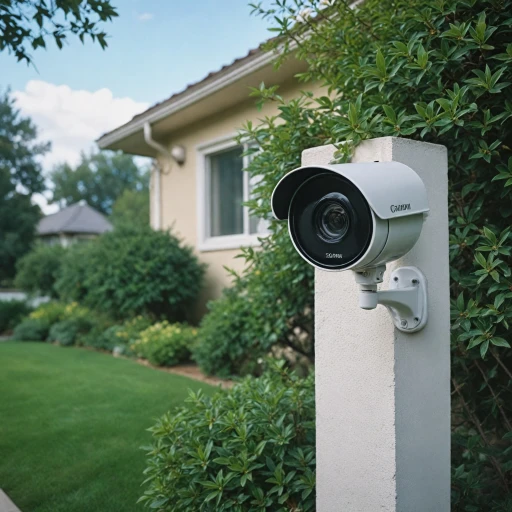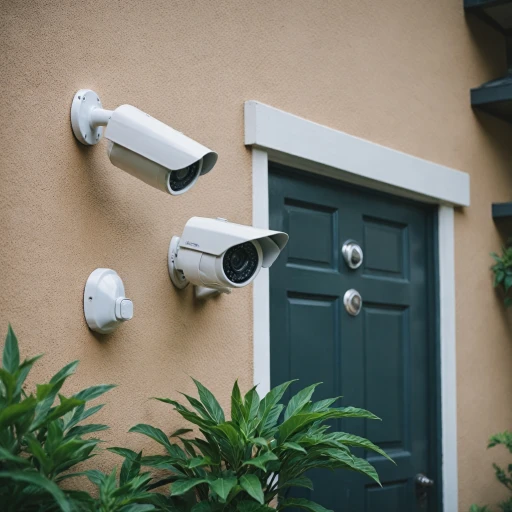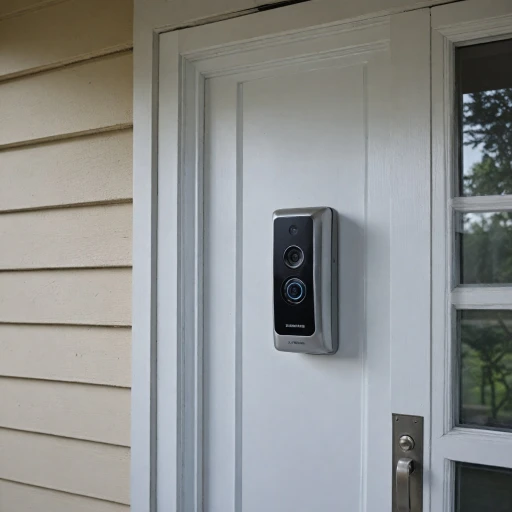
The Role of Batteries in Home Security Systems
The Backbone of a Reliable Alarm System
In the realm of home security, the unsung hero is often the battery. It acts as the central energy source that powers alarm systems, ensuring they function optimally, even during power outages. A well-maintained battery system is vital for burglar alarms, wireless systems, and all components that require continuous energy flow to monitor intruders.
Batteries serve as the alarm system's lifeline, feeding power to the alarm panel and control box, and are crucial for maintaining communication with the security system’s electronics. Whether inside an alarm box or as an integral part of wireless systems, batteries are foundational to security solutions. Failing to keep them in top condition can compromise your entire alarm system.
When considering your security setup, the type of battery your system uses dictates its efficiency and longevity. Different systems come with specific battery requirements, which must be understood to ensure they are performing optimally. If your intruder alarm relies on a battery, then it's essential to understand how these systems feed on battery power and the importance of regular checks and replacements.
In essence, the battery acts as a failsafe, keeping alarms active when external power is lost. Whether through responding to a feedback system that notifies you of a low battery signal—a feature crucial for wireless alarm systems—or through maintaining real-time power in wired setups, the battery is indispensable.
For more insights into the power dynamics and types of batteries used in home security systems, visit our detailed guide on understanding power supply options for home security cameras.
Types of Batteries Used in Intruder Alarms
Different Types of Batteries in Intruder Alarms
When it comes to intruder alarms, batteries play a pivotal role in ensuring that your alarm system is always ready to protect your home from potential threats. Understanding the types of batteries used in these systems can help you make informed decisions about maintenance and replacement. Most alarm systems utilize one of the following types of batteries:
- Lead-acid batteries: Commonly used due to their reliability and affordability, these batteries provide substantial power for your security needs. However, they do require regular maintenance to prevent deterioration and failure.
- Alkaline batteries: Regular household alkaline batteries are a popular choice for wireless systems. They offer ease of replacement and are convenient for alarms with lower power demands.
- Lithium-ion batteries: Renowned for their long life and efficiency, lithium-ion batteries are becoming increasingly popular in modern systems. They deliver consistent power and are perfect for systems with high energy requirements.
Choosing the right type of battery could enhance the overall performance and reliability of your alarm system. For further insights into lithium-ion batteries and finding the best charger, you can explore the ultimate guide to choosing a lithium-ion AA battery charger.
Signs Your Intruder Alarm Battery Needs Replacement
Recognizing When Your Alarm Battery Requires Attention
Identifying when it's time for a battery alarm replacement is crucial for maintaining an effective home security system. Here are several indicators that signal your intruder alarm battery may need a change:- Audible Warnings: Most contemporary alarm systems are equipped with audio alerts that trigger when battery power is low. These warnings can help ensure that a replacement occurs before complete power loss.
- Control Panel Notifications: Often, the alarm panel will display a warning or flash lights when the battery power is dwindling. Look for red indicators on the control box, as these commonly signify low battery status.
- Reduced Performance: If your alarm or other electronics within the system operate intermittently or inconsistently, this may be a sign the battery can no longer deliver the required power.
- Feedback From Wireless Devices: Some wireless systems provide feedback directly to your panel or user device when there is an issue with battery power. This is particularly useful in systems where constant monitoring is critical.
How to Replace Your Intruder Alarm Battery Safely
Steps to Ensure Safe and Effective Intruder Alarm Battery Replacement
When it's time to change the alarm batteries in your intruder alarm system, taking precautions is crucial to ensure safety and functionality. Here’s a straightforward guide:- Verify System Status: Before initiating a replacement, check your alarm panel for any notifications or error codes. This will inform you about which battery or component might need attention. It’s essential to avoid false alarms during this process.
- Turn Off the Alarm System: For a safe change, power down the system. Locate the control box and switch off the power. This prevents accidental triggering of the burglar alarm during battery replacement.
- Access the Alarm Box: Use a screwdriver or a similar tool to open the alarm box. You will likely encounter a black and red setup indicating the battery's poles.
- Remove the Old Battery: Disconnect the wires carefully, starting with the black wire before the red. Avoid touching the battery terminals to prevent shocks.
- Install the Replacement Battery: Insert a new battery of the same type. Ensure secure connections; connect the red wire first and the black wire last. This ensures that alarm power is restored without system discrepancies.
- Close Up and Test: Once the replacement battery is in place, close the alarm box securely. Turn the system back on and check the alarm panel to affirm that the battery alarm notification has cleared.
- Regular Checks: Include routine feedback procedures in your security checklist to monitor intruder alarm performance. Regular monitoring ensures proactive addressing of any system issues.
Tips for Extending the Life of Your Alarm Battery
Maximizing the Lifespan of Your Intruder Alarm Battery
Ensuring the longevity of your intruder alarm battery is crucial for maintaining the reliability of your security system. Here are some practical tips to help extend the life of your alarm battery:- Avoid Overloading the Circuit: Connect only the necessary components to the alarm panel. Reducing unnecessary electronics within the control box can prevent excess power consumption, thus saving battery life.
- Regular Maintenance: Schedule regular checks on your alarm system to monitor intruder response and ensure there are no red flags. A simple routine can be instrumental in spotting potential issues that could affect battery health.
- Use the Optimal Settings: Adjust settings such as the sensitivity of your alarm panel, backlighting, and sound levels to reduce drain on battery reserves without compromising security.
- Ensure Proper Installation: When installing a new replacement battery, be sure not to confuse the red and black wires. Improper installation can cause the battery to discharge faster than anticipated.
- Temperature Control: Batteries placed in environments that are too hot or too cold can degrade faster. Keep your alarm box in a stable environment to avoid such scenarios.
- Upgrade to Wireless Systems: Some wireless alarm systems provide more efficient use of battery power. Consider an upgrade if you're using an older model.

